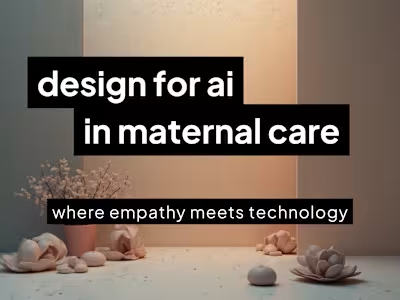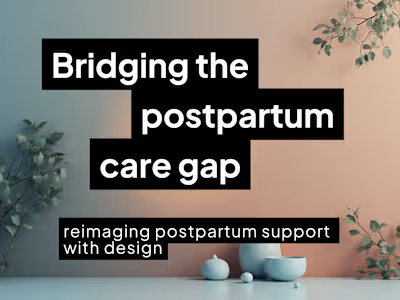Helping a Vein Surgeon Build Trust and Accessibility in a New M…
Full detail in link above ☝️
Summary: Learn how user research and strategic design transformed a vein surgeon's practice into a patient-centered digital experience. This case study shows the process of creating a responsive medical website that achieved 100% information architecture agreement and a 4.9/5 user satisfaction score. See how research-driven design decisions helped build trust and improve access to care in a new market.
Background: After years of successful practice across multiple states, board-certified vein surgeon Dr. Smith* sought to establish a new practice in northern Michigan. To support this expansion, he needed a strong digital presence that would build credibility and serve patient needs in the region. The solution was a responsive website for VeinCare Associates that enables patients to access essential information, find the practice, and schedule appointments online—creating a seamless bridge between virtual and in-person care. *At the request of the client, identifying information has been anonymized.
Project Highlights
1. Data-Driven Design Process
Conducted user interviews & surveys revealing distinct needs between current patients (seeking basic contact information) and prospective patients (seeking treatment information)
Utilized card sorting exercises to optimize information architecture
Achieved 100% grouping agreement on 20 content pairs among participants
2. User-centric feature prioritization
Identified online appointment scheduling as the highest-priority feature through both interviews and surveys
Created streamlined task flows for critical actions like appointment scheduling and getting directions
Implemented a multi-step appointment scheduling process based on user feedback
3. Brand-aligned Visual Design
Developed a visual identity reflecting core brand values: trustworthiness, state-of-the-art, excellence, compassionate, and patient-centered
Created clean, professional interface validated through user testing
Prioritized simplicity and clarity in the final design
Conclusion: The project successfully delivered a minimum viable product that met both business objectives and user needs. Through extensive research and iterative design, the team created a professional digital presence that emphasizes ease of use while building trust with patients. Key learnings from the project highlighted the importance of simplicity in design, the sometimes unexpected nature of user needs, and the necessity of balancing user preferences with business requirements. The foundation has been laid for future enhancements, including virtual consultations and online chat features, demonstrating a commitment to continuous improvement in patient care and accessibility.
Like this project
Posted Mar 20, 2025
How strategic design and user research created a patient-centered website that improved access to care and streamlined practice operations.
Likes
0
Views
5







